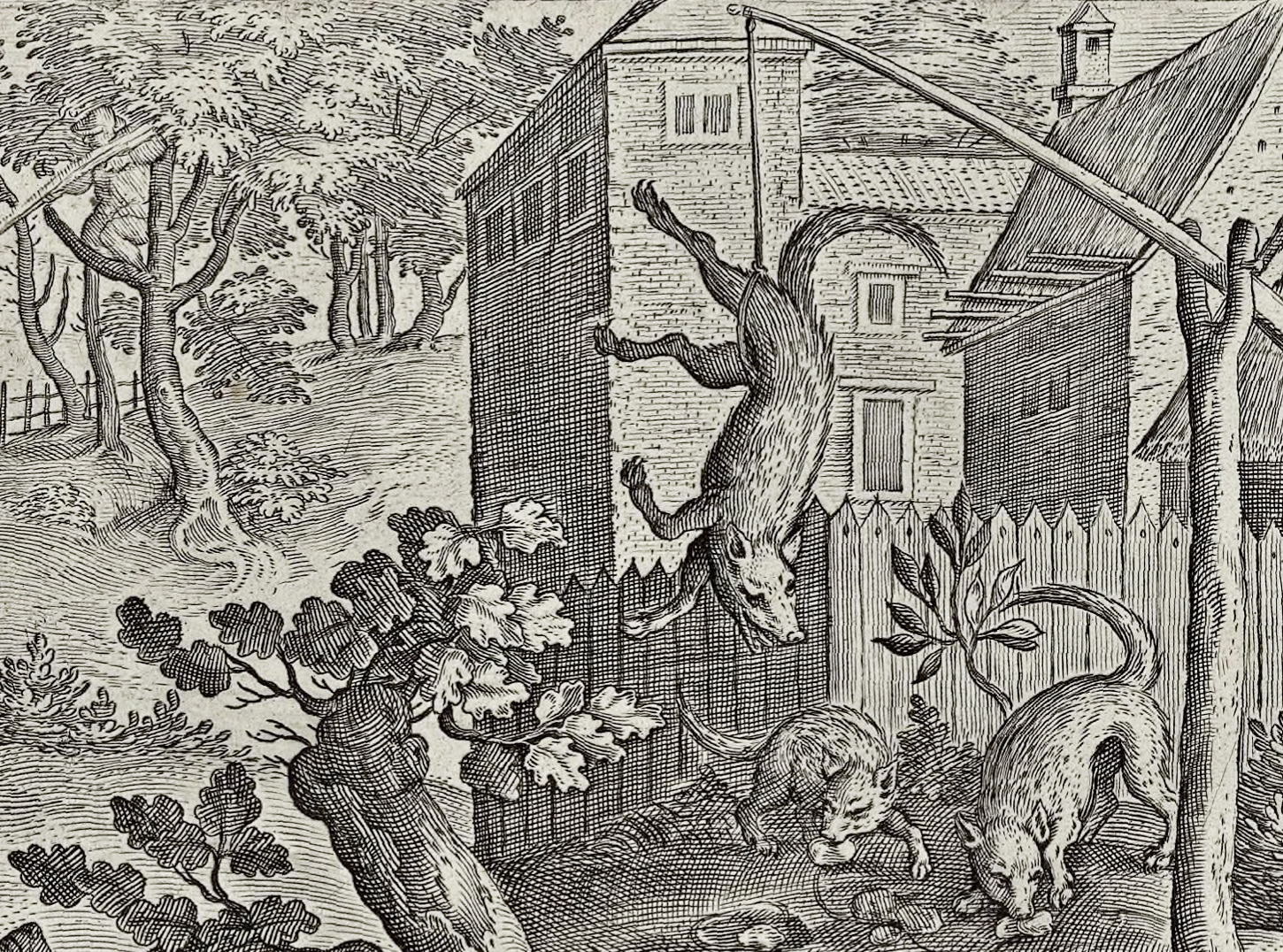De pulvere pro lupis occidendis: wolf poisoning in Southern Italy during the XIII century
Abstract
In this study, we present some documents showing the official acknowledgement of the role of luparius in Southern Italy during the XIII century. Luparii were professional wolf-killers, prevalently coming from three regions of the Kingdom of
Naples: Abruzzo, Terra di Lavoro, Apulia, but active throughout the kingdom. Different techniques were adopted by luparii, but one of the most widespread was the so called pulvis, a powder probably obtained from an unknown poisonous plant. Dioscorides and Galen reported that a plant named akoniton was used in the Mediterranean world to poison wild animals, and according to the XVI century physician Pietro Andrea Mattioli, luparii used the Aconitum to kill wolves. Historical sources show that the problems related to the identification of Aconitum was harshly debated among the botanists contemporary to Mattioli, and that Doronicum pardalianches L. and Aconitum napellus L. were the species most frequently proposed. However, in Southern Italy both plants are scarcely present, whereas cognate species are diffused, as Doronicum columnae Ten. and two subspecies of Aconitum lycoctonum, A. lycoctonum L. subsp. neapolitanum (Ten.) Nyman or A. lycoctonum L. subsp. vulparia (Rchb. ex Spreng.) Nyman.
Downloads





